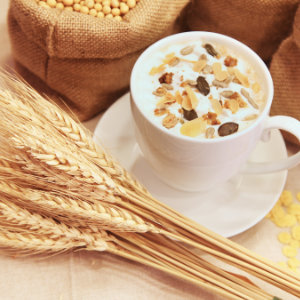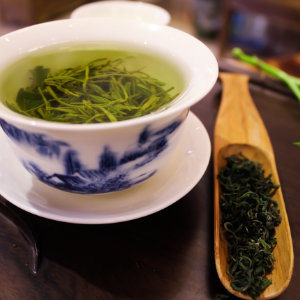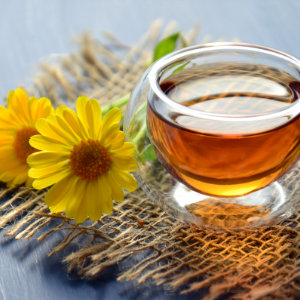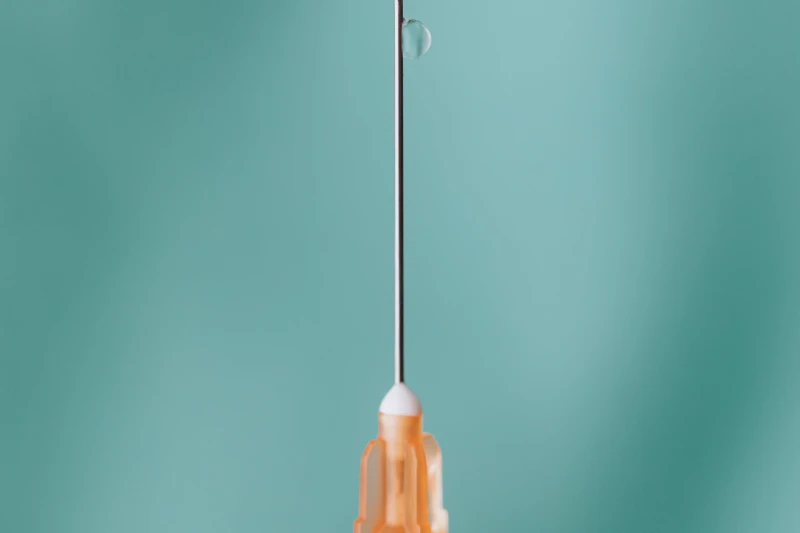*Reminder, as per instruction by University Leadership & stated by Dr. Tyler Tapps of Northwest Wellness Services, “It is best to get plenty of rest while avoiding others when you are running a fever or feeling ill.”
Warming socks may be helpful in such conditions as the common cold, the “flu” (not the “stomach flu”), earaches, sore throats, and sinus infections. It is useful with people of any age, from infants to the elderly.
By increasing blood flow or circulation, an increase in lymphatic drainage and white blood cells occurs, which is necessary for fighting infection and recovering from symptoms.
When the Warming Sock Treatment is followed correctly, the feet will start warming up within a few minutes of getting covered in bed. The congestion will usually start to be relieved within 30 minutes. After approximately four hours the cotton socks should be totally dry, the feet warm, and the symptoms will be much improved (if not gone). The Warming Sock Treatment can be repeated through the night or used on consecutive nights.
References:
Steam inhalation is a popular treatment for symptoms of colds, sinus infections, and other respiratory issues. While steam inhalation can be used as a source of palliative care for symptom management, remember that therapy for these conditions centers on resting and drinking fluids while managing symptoms.
Sleep aid; treating voice hoarseness; easing sore throat; management of congestion; rehydration of nasal passages.
Optional: adding essential oils, such as eucalyptus, tea tree oil, and lavender, to the boiling water may help with symptoms. Research has shown these to ease inflammation and have an antibacterial effect on bacterial sinus infections.
*Note: Use caution when using this home therapy, as there is a risk of burns. Additionally, steam inhalation is not recommended for young children or babies.
References:
While there is a plethora of tea choices on the shelf at any given store, which one(s) should you choose when it comes to supporting your immune system and relieving symptoms if you have a cold? Here are some of the most commonly used herbal medicines and their mechanism of action:
A carrot poultice is a great way to soothe a sore throat and is easily prepared in your own kitchen. Poultices are medicinal ingredients spread onto a cloth and applied to the body to help draw out toxins, soothe inflammation and fight infections. Carrot poultices are particularly good for the throat and neck area to support colds, throat infections and swollen lymph nodes.
MOA (Mechanism of Action): Carrot poultices stimulate lymphatic movement and increase blood flow. Stimulating the lymphatic system filters the blood and more importantly, transports large numbers of immune cells to the area of application. Blood flow is increased as the body works to warm the poultice, bringing in more immune cells and removing cellular waste material that may be generated.”
The carrot poultice should be left on the neck until it has been warmed or for as long as it feels good. There is no limit to how often the poultices can be used, however frequent and prolonged use could result in a slight orange coloration to the skin where it is applied. This treatment is safe and effective for both adults and children.
Reference:

Oats – or avena in Latin – has been long-used in tincture form for chronic (long-term) anxiety support. You get the same benefit from eating old-fashioned, whole grain (organic, if possible) or steel cut oats. No quick-oats, as they are highly processed and low in fiber.

Green tea is high in antioxidants but also in L-theanine, which increases dopamine and serotonin in the brain. It also promotes relaxation by inducing alpha brain waves, which induce feelings of calm, increased creativity and enhance your ability to absorb new information.

While chamomile tea may be best known as a bedtime tea, its botanical medicine properties that help with sleep induction are its ability to act as an anxiolytic and reduce anxiety. Specifically, its flavonoid "apigenin" binds to the benzodiazepine receptors in the brain.

In relation to mental health, reducing neuroinflammation is the goal when opting to reach for more anti-inflammatory foods. Overall body inflammation causes feelings of fatigue and malaise (lack of well-being), while neuroinflammation specifically can cause fatigue, brain fog, forgetfulness, irritability, anxiety and depression.

Northwest Missouri State University is reminding students and employees that fall is the time of year when viral infections are present, and Wellness Services offers ways to help prevent illness.
While the Northwest community may be experiencing symptoms of the common cold, influenza, COVID-19 or another viral infection, Wellness Services notes that viral infections can impact individuals with a variety of symptoms. Common symptoms include fatigue, a sore throat, headaches, nausea and diarrhea.
Anyone presenting a positive COVID-19 test or symptoms should follow Centers for Disease Control and Prevention (CDC) recommendations and the instructions of a healthcare provider.
Ways to help prevent illness include washing your hands frequently, boosting your immune system by eating healthy foods, getting seven to nine hours of sleep nightly and exercising daily for 30 minutes.
“Antibiotics are not effective against a viral infection,” Dr. Tyler Tapps, Northwest’s assistant vice president of student affairs for health and well-being, said. “Treating symptoms with over-the-counter medication is the best course of action. It is best to get plenty of rest while avoiding others when you are running a fever or feeling ill.”
The CDC also recommends getting a flu shot.
Wellness Services offers free flu shots to Northwest students and employees at the Wellness Center.
Northwest Wellness Services does not offer COVID-19 vaccinations at this time and encourages students and employees to seek the vaccine through their local health care provider.
For more information or to schedule an appointment for a flu vaccination, contact Wellness Services at 660.562.1348 or visit www.nwmissouri.edu/wellness/.